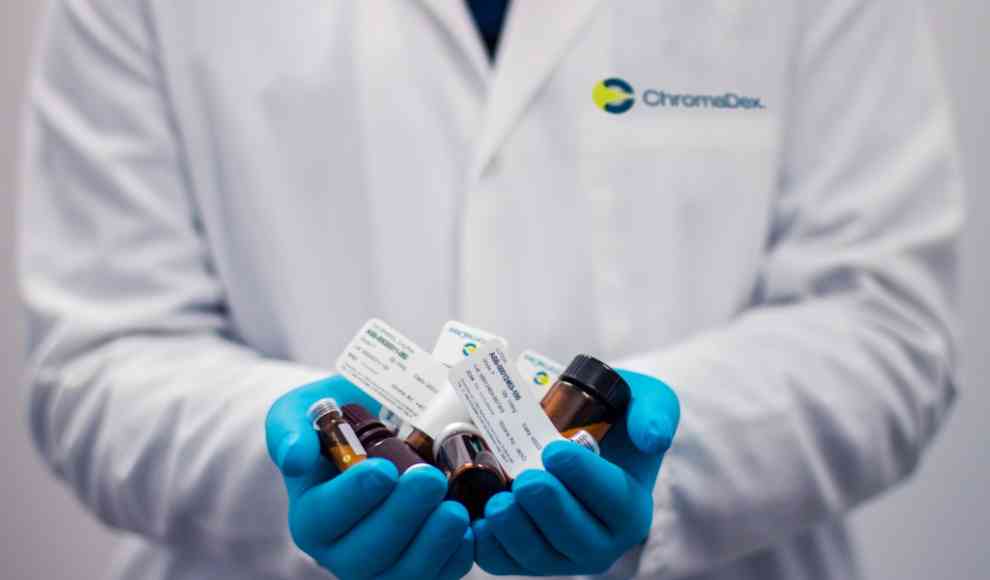A recent study conducted by the University of California in San Francisco has found that many supposedly biologically inactive additives in medications may actually have the potential to cause harmful side effects. These additives, including stabilizers, fillers, preservatives, and coloring agents, are commonly used in medications, as well as in foods, drinks, and cosmetics. While they are only allowed to be used if they are biologically inactive, this classification is often based on animal testing or historical experience, and it is largely unknown how these substances interact with molecules in the human body.
The study analyzed over 3,300 medication additives for molecular interactions, using simulations and laboratory tests to determine whether they could bind to human proteins and cause changes in cells. The researchers found that 69 of these supposedly inactive additives could potentially have a biological effect, with 38 of them binding to human proteins and causing changes in cells even in relatively small amounts. Some of these additives, such as the antioxidant propylgallate and the preservative butylparaben, have been found to inhibit cell division and control inflammation, respectively. Others, such as the antimicrobial preservative thiomersal, have been found to be toxic to cells at low concentrations.
While the study does not prove that these additives are harmful to humans, it does suggest that they may have the potential to cause side effects. The researchers recommend that these additives be replaced with truly biologically inactive substances, particularly for individuals who regularly take medications. Further studies are needed to determine whether these additives are truly toxic to humans, but the study highlights the need for greater scrutiny of the substances used in medications and other products.










